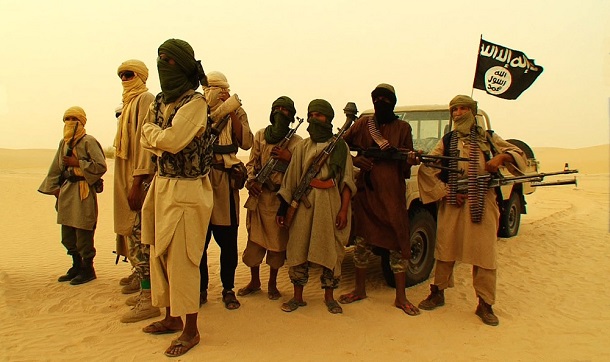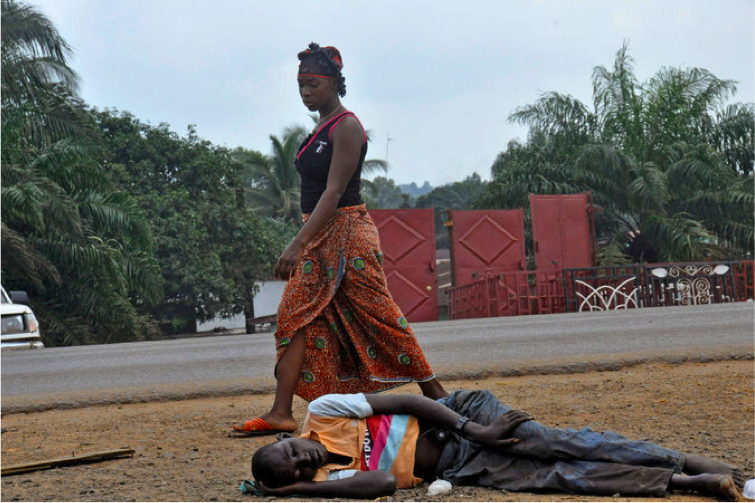The Islamist militant organization, Boko Haram, has set West Africa aflame with worrying haste. In late 2014, American intelligence officials noted that the ranks of the Islamic State of Iraq and al-Sham (ISIS) had grown to somewhere between 20,000 and 32,000 fighters. With such a significant force, it is little wonder that ISIS has been able to inflict much instability and suffering across Syria and Iraq. But recent reports indicate that Boko Haram has little more than 4,000 to 5,000 committed fighters. Why then has this organization had so profoundly an impact on security across much of the Sahel?
 Several analysts, as well as the US State Department, have identified the region’s porous borders and the lack of a sustained military presence as key factors in the rise of Boko Haram. Previous efforts to exert state influence in the Sahel, such as the deployment of the Multinational Joint Task Force (MNJTF), were carried out in isolation, such that Boko Haram forces were able to successfully launch an attack on the multinational base at Baga, located in Nigeria’s northeastern province of Borno North, before any reinforcements could arrive. To place more pressure on Boko Haram and restore stability, the African Union (AU) has mandated the creation of a new multinational force, comprised of approximately 7,500 troops from Nigeria, Cameroon, Chad, Niger, and Benin. The Nigerian and Chadian militaries also concluded a Memorandum of Understanding in early February 2015, which should see joint action by these two African forces in the months ahead.
Several analysts, as well as the US State Department, have identified the region’s porous borders and the lack of a sustained military presence as key factors in the rise of Boko Haram. Previous efforts to exert state influence in the Sahel, such as the deployment of the Multinational Joint Task Force (MNJTF), were carried out in isolation, such that Boko Haram forces were able to successfully launch an attack on the multinational base at Baga, located in Nigeria’s northeastern province of Borno North, before any reinforcements could arrive. To place more pressure on Boko Haram and restore stability, the African Union (AU) has mandated the creation of a new multinational force, comprised of approximately 7,500 troops from Nigeria, Cameroon, Chad, Niger, and Benin. The Nigerian and Chadian militaries also concluded a Memorandum of Understanding in early February 2015, which should see joint action by these two African forces in the months ahead.
Some analysts have suggested that the AU force will be too small to have a tangible effect on Boko Haram. They point to the AU Mission in Somalia (AMISOM), which is comprised of some 22,000 soldiers and is responsible for securing a smaller geographic area than the new AU force. They suggest that the African response to Boko Haram can only be regarded as credible if it boasts similar numbers. But the comparison to AMISOM is an erroneous one, as the two missions have very different aims. For example, Operation Barkhane involves only 3,000 French troops and has responsibility for much of the western end of the Sahel, including the territory of Burkina Faso, Chad, Mali, Mauritania, and Niger. Yet the specialized nature of the forces engaged in counter-insurgency operations in that region has ensured some early success in spite of the small size of this force.
The reference to AMISOM notwithstanding, the analysts are correct in their skepticism of the new AU force’s efficacy, however. A 2003 RAND study indicates that successful nation-building exercises generally require a ratio of 20 soldiers per thousand civilians in the host country. Wherever this ratio has not been met or exceeded, the intervention fails to stabilize the host country. James Dobbins, RAND’s former head of international and security policy, determined in a later study that a ratio of 40 soldiers per thousand civilians is imperative to ensuring stability during a nation-building exercise. Boko Haram is most active in the Yobe and Borno states of northeastern Nigeria, which is home to a combined total of approximately 4 million civilians. With 7,500 troops from the new AU force and approximately 5,000 from the MNJTF, the ratio in the affected regions of Nigeria is closer to three soldiers per thousand civilians, significantly lower than any of the levels identified by RAND as essential to the success of a nation-building exercise.
Unless the Nigerian authorities and neighbouring countries begin to regard the fight against Boko Haram as a large-scale nation-building exercise, the intervention will be doomed to fail. Clashes against the militants or the targeted killings of Boko Haram leaders may generate short-term favour among some segments of the Nigerian electorate, but this insurgency has demonstrated the capacity to use West Africa’s porous borders to its advantage. Without a much larger AU force, Boko Haram could simply fade away from its old stronghold in Borno state to take root where opposing forces are not as concentrated. In early February, Boko Haram had already launched a vicious attack on the Niger border town of Bosso, probing for weaknesses. As the new force of 7,500 troops come to force the militants out of Yobe and Borno, Boko Haram might well find a new home in Niger’s Diffa region, prolonging the fight in perpetuity.



